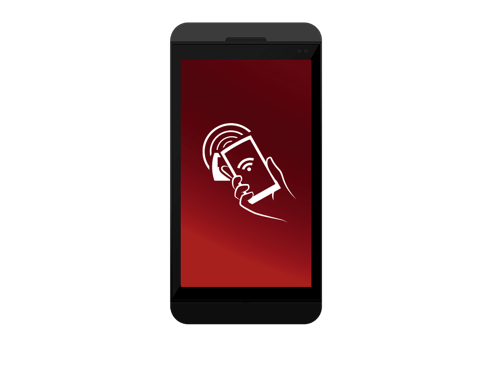Mobile payments have been ramping up in 2015. Android Pay, Apple Pay, Samsung Pay – merchants have a lot of choice, and customer demand for mobile payment options is rising. But are these mobile payment systems better than creating a branded mobile payments platform?
With the recent announcement that Apple Pay will support merchant reward programs, one of the main barriers to merchant adoption seems to have been eliminated. And given that Android Pay and Samsung Pay are slated to roll out later this year, retailers have the ability to implement mobile payments systems that many of their customers can use – without major changes to their payments infrastructure.
But not all retailers looking to add mobile payments services are convinced that this is the way to go. Many are opting for building a branded mobile payments app as opposed to a third party system like the ones mentioned above.
This article will look at key business goals for adopting mobile payment solutions, and how effectively third-party vs. branded mobile payment apps can help businesses achieve these goals.
Business Goal: Faster Transaction Time
Third-Party: Strong
Branded App: Strong
For B2C companies, particularly in spaces like retail and QSR, a mobile payments app can help address operational inefficiencies at checkout. The cumulative effect of many customers using a mobile app to pay is less transaction time, which leads to more customers being served faster, which consequently helps the bottom line.
Using a third-party mobile payment system can help companies achieve this while also offering a more convenient way for customers to pay. However, third party systems offer less branding opportunity, and using them means you are subject to the limitations of whichever third-party platform you choose.
A branded mobile payments app, on the other hand, allows companies to build their system from scratch to match organizational and branding needs. This kind of solution has already been proven on the market by brands like Starbucks and Tim Hortons. In fact, Starbucks’ solution has been so successful that it facilitates nearly 5 million mobile payments per week, all without reliance on a third-party. The downside to this is that building a custom system is typically more logistically complicated than using a service like Apple Pay or Android Pay.
Business Goal: Loyalty Integration
Third Party: Weak-Medium
Branded App: Strong
One of the biggest draws of branded mobile payments apps is the integration of loyalty programs.
The major mobile wallets on the market have thus far done a poor job integrating merchant loyalty programs, which currently is a significant barrier to merchant adoption. As Steven Norton of the Wall Street Journal points out, “while there is a strong technological infrastructure to enable mobile payments, the same doesn’t exist for easy integration into mobile rewards programs.”
This is not to say that better integration isn’t on the horizon. Apple Pay, for one, will offer rewards integration for participating retailers. However, this is only for select retailers and only for customers using iPhones.
Branded mobile payment apps allow businesses to have loyalty and rewards programs built-in as a fundamental feature from the get-go, and still remain the strongest loyalty integration option.
Business Goal: Analytics & Customer Intelligence
Third Party: Weak
Branded App: Strong
Tracking and understanding consumer behaviour is the foundation of better engaging with customers and providing them what they want. Merchant-specific mobile payment apps offer the advantages of retaining control over customer data, identifying trends, and obtaining important data to help improve relationships with the people who are buying your products.
The importance of analytics is already commonly understood – the popularity of tools like Google Analytics is a testament to this. But as more and more consumers choose mobile to engage with brands, make purchases, and solicit services, your mobile app will become the greatest tool for engaging customers, providing better service, promoting brand advocacy, and driving more sales.
This is where third-party tools are at a significant disadvantage. Merchants have a lack of access to customer data when transactions are made via third-party systems, particularly because privacy is a major selling point for user adoption. With branded mobile payments apps, access to customer behaviour, purchasing patterns, and more is much more readily available.
The Branded vs. Third-Party Debate
Ultimately, the best mobile payment solution will depend on your business objectives. If you simply want to enable your customers to pay on mobile, a third-party platform may be the right way to go. For small businesses just looking to crack into the mobile payments space, this is a viable option.
Larger organizations that are concerned with combining customer engagement, loyalty programs, and a digital wallet all into one platform may find a branded, custom mobile payment app better aligns with their business goals.







